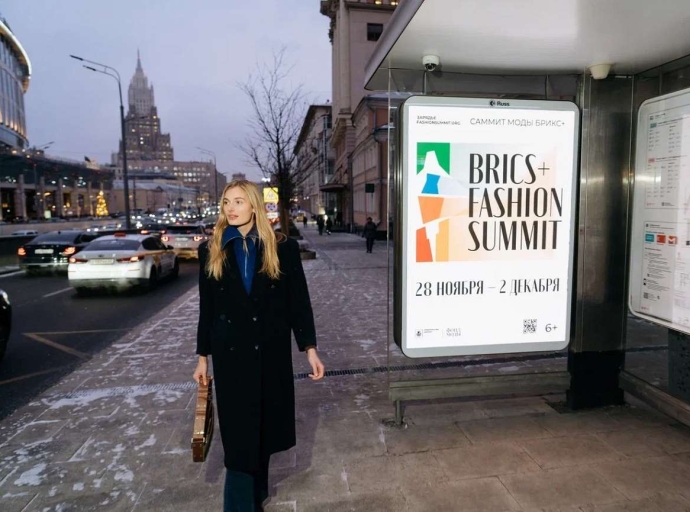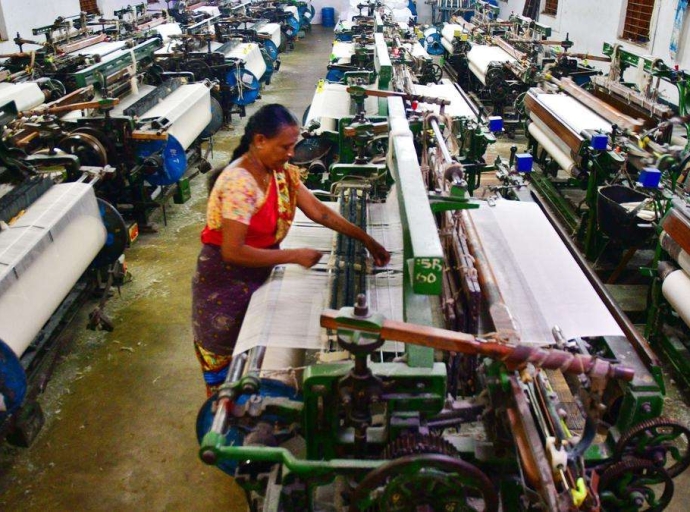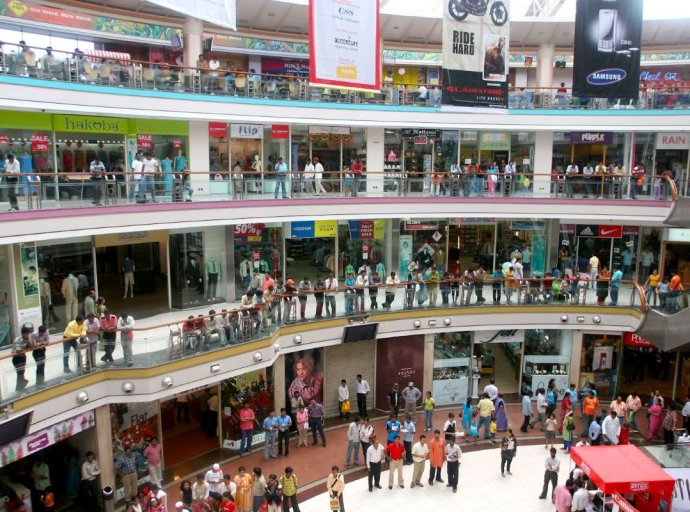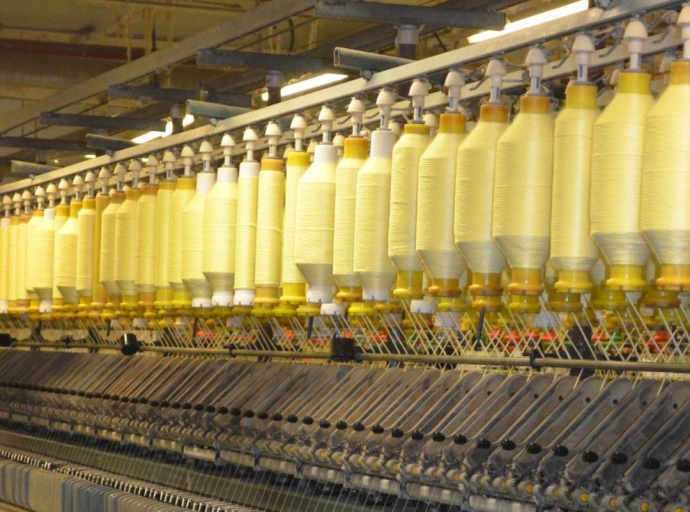20 December 2023, Mumbai
Meet Frontier
Revolutionizing Fashion with AI: From Industry 5.0 to Digital Frontiers
The fashion and textile landscape is hurtling towards a new era, with AI poised to lead the charge.
Forget mere evolution; AI is redefining how we work, succeed, and even experience fashion.
This isn't just about cutting-edge technology; it's about seizing opportunity and reshaping the future of a vibrant industry.
A Global Stage Awaits
Let's zoom out. The global fashion market is racing towards Industry 5.0, where AI and automation dominate.
By 2025, AI is projected to unlock a staggering $275 billion in operational benefits—a testament to its transformative power.
This shift isn't optional; it's the key to staying competitive and thriving in a rapidly changing world.
India's Fashion Renaissance
Closer to home, India's textile and apparel market is poised for phenomenal growth, forecast to reach a staggering $190 billion by 2026.
E-commerce plays a key role in this surge, with online fashion exceeding all other segments in its growth trajectory.
As demand explodes, AI becomes an indispensable partner in navigating this exciting yet complex landscape.
Obstacles and Opportunities
Yet, challenges abound. The textile industry faces cost pressures across labor, production, machinery, and shipping.
This is where AI steps in, not as a competitor but as a powerful ally in overcoming these hurdles.
Bridging the Gap: Introducing Frontier
But a significant gap exists between the current state of the industry and the emerging AI-driven future.
This chasm presents both a challenge and an opportunity—a fertile ground for innovation and growth.
Enter Frontier, our initiative designed to bridge this gap. We aim to leverage the power of AI to unlock a more effective and creative future for fashion, focusing on three key areas:
- Digital product creation: Streamline design, development, and production with AI-powered tools.
- On-demand e-commerce: Personalize customer experiences and optimize inventory management through data-driven insights.
- Sustainable products: Develop eco-friendly materials and manufacturing processes using AI-powered research and analysis.
5 Insights:
- AI Revolution: Fashion rewired for creativity & efficiency.
- Digital Design: Streamline product creation, from sketch to shelf.
- Personal E-commerce: Data-driven experiences, no two carts alike.
- Sustainable Future: AI tackles waste, designs eco-friendly threads.
- Bridging the Gap: Frontier paves the path to fashion's AI era.


































